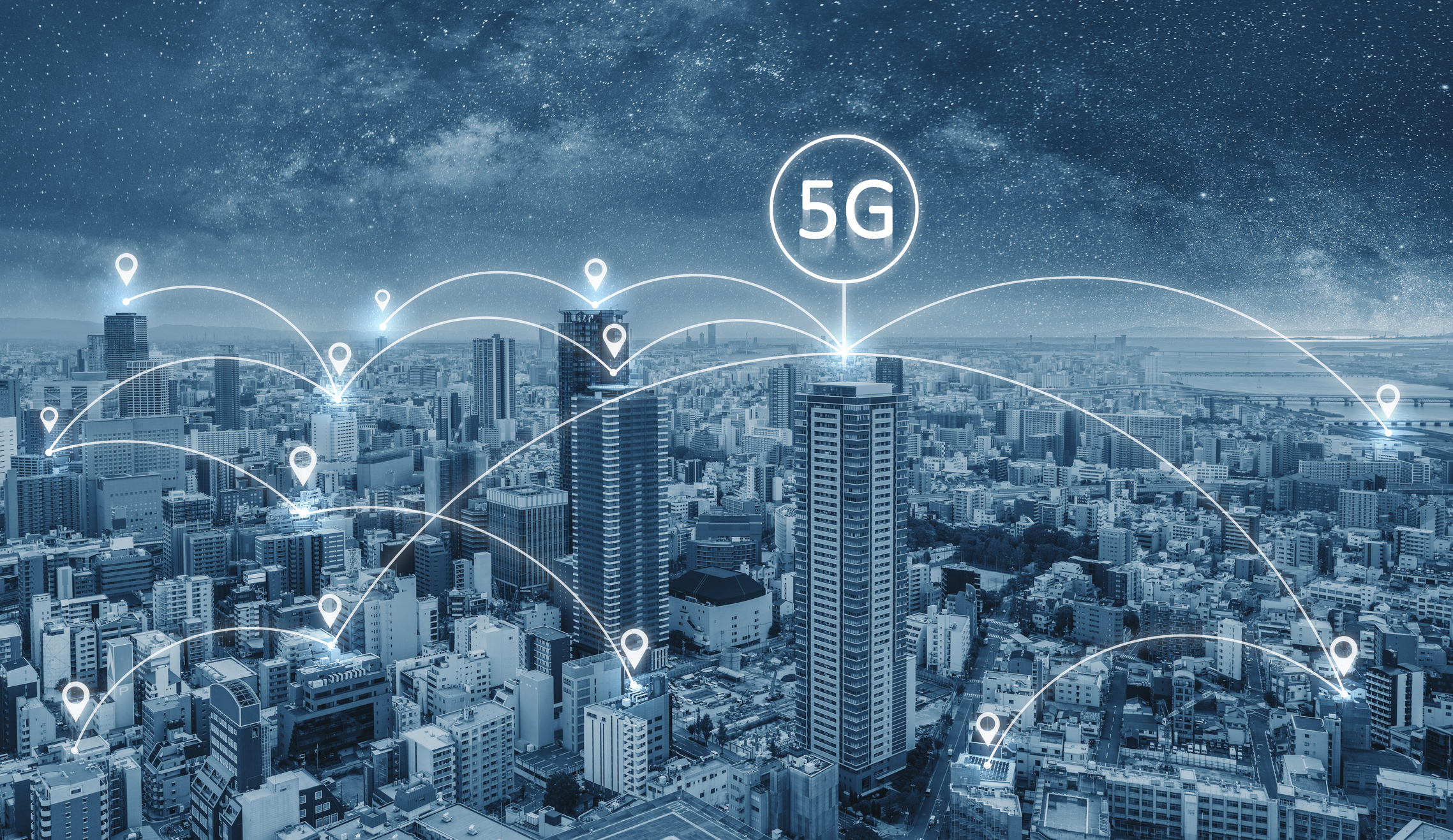The advent of 5G networks marks a transformative leap in mobile and wireless communication, promising unparalleled speed, connectivity, and innovation. As the fifth generation of cellular technology, 5G networks are set to redefine industries, enhance user experiences, and support the growing demand for advanced digital services. This article explores the concept of 5G, its benefits, applications, challenges, and its profound impact on the future.
What is 5G?
5G stands for the fifth generation of wireless network technology, designed to deliver faster speeds, lower latency, and greater capacity than its predecessors. Building on the foundation of 4G LTE, 5G utilizes advanced technologies such as millimeter waves, small cells, massive MIMO (Multiple Input Multiple Output), and beamforming to achieve its capabilities.
Key Features of 5G Networks
- Ultra-Fast Speeds: With speeds up to 100 times faster than 4G, 5G enables seamless streaming, downloading, and real-time communication.
- Low Latency: Latency in 5G networks is reduced to as low as 1 millisecond, ensuring near-instantaneous data transmission.
- High Capacity: 5G supports a massive number of connected devices, making it ideal for IoT applications.
- Energy Efficiency: Enhanced power-saving features extend device battery life and reduce network energy consumption.
- Enhanced Reliability: 5G networks provide more stable and reliable connections, even in high-density areas.
The Evolution of Cellular Networks
The journey to 5G has been shaped by decades of innovation in mobile communication:
- 1G (1980s): The first generation introduced analog voice communication.
- 2G (1990s): Digital voice and SMS services became mainstream.
- 3G (2000s): Mobile internet and video calls emerged with higher data speeds.
- 4G LTE (2010s): High-speed internet enabled streaming, gaming, and advanced mobile applications.
- 5G (2020s): Paving the way for next-generation applications like autonomous vehicles and smart cities.
Applications of 5G Networks
5G is driving innovation across various sectors, transforming how we live, work, and interact with technology:
1. Smart Cities
5G supports the development of smart cities by enabling real-time monitoring of traffic, energy usage, waste management, and public safety systems. Connected infrastructure enhances urban living while promoting sustainability.
2. Healthcare
5G revolutionizes healthcare with telemedicine, remote surgery, and real-time health monitoring. High-speed connectivity ensures seamless communication between medical devices and professionals.
3. Autonomous Vehicles
The low latency and high reliability of 5G enable autonomous vehicles to communicate with each other and surrounding infrastructure, ensuring safer and more efficient transportation systems.
4. Industry 4.0
In manufacturing, 5G powers smart factories by enabling real-time monitoring, predictive maintenance, and enhanced automation. It supports robotics and AI-driven processes for improved efficiency.
5. Entertainment and Media
5G enhances user experiences in gaming, augmented reality (AR), and virtual reality (VR). It enables high-quality streaming and interactive content, redefining entertainment.
6. Internet of Things (IoT)
5G networks facilitate the rapid growth of IoT by supporting billions of connected devices. Applications range from smart homes to agriculture, logistics, and environmental monitoring.
7. Education and Remote Work
5G supports immersive learning experiences with AR/VR tools, high-definition video conferencing, and seamless access to online resources, enhancing education and productivity.
Benefits of 5G Networks
The deployment of 5G brings numerous benefits to individuals, businesses, and society:
- Improved Connectivity: Enhanced network performance ensures uninterrupted access to digital services.
- Economic Growth: 5G drives innovation and creates new opportunities in sectors like technology, healthcare, and manufacturing.
- Enhanced User Experience: Faster speeds and lower latency improve the quality of online interactions and digital content consumption.
- Support for Emerging Technologies: 5G provides the infrastructure needed for advancements in AI, IoT, AR, and VR.
- Global Competitiveness: Countries leading in 5G deployment gain a competitive edge in the global economy.
Challenges in Implementing 5G
While 5G promises significant advancements, its deployment is not without challenges:
- Infrastructure Costs: Building and maintaining 5G infrastructure requires substantial investment.
- Spectrum Availability: Limited spectrum resources must be efficiently allocated to support 5G networks.
- Security Concerns: The interconnected nature of 5G increases vulnerability to cyberattacks and data breaches.
- Regulatory Issues: Governments and regulators must establish clear guidelines for 5G deployment and usage.
- Public Perception: Addressing health concerns and misinformation about 5G technology is crucial for widespread adoption.
The Future of 5G Networks
The full potential of 5G is yet to be realized, but its future is bright, with transformative impacts expected across various domains:
- 6G Development: Research on 6G technology is already underway, aiming to build on 5G’s foundation with even greater capabilities.
- Edge Computing: 5G will accelerate the adoption of edge computing, reducing latency and improving data processing efficiency.
- Smart Homes and IoT Expansion: 5G will drive the proliferation of smart home devices and IoT applications, creating a more connected world.
- Healthcare Innovations: Advanced applications like AI-powered diagnostics and robotic surgeries will become more feasible with 5G.
- Sustainable Solutions: 5G-enabled technologies will contribute to environmental sustainability through energy-efficient systems and smart resource management.
Conclusion
5G networks represent a paradigm shift in connectivity, unlocking new possibilities for innovation, economic growth, and enhanced quality of life. While challenges remain, the benefits of 5G far outweigh its obstacles. As the world embraces this transformative technology, 5G will continue to shape the future, enabling a more connected, efficient, and sustainable world

